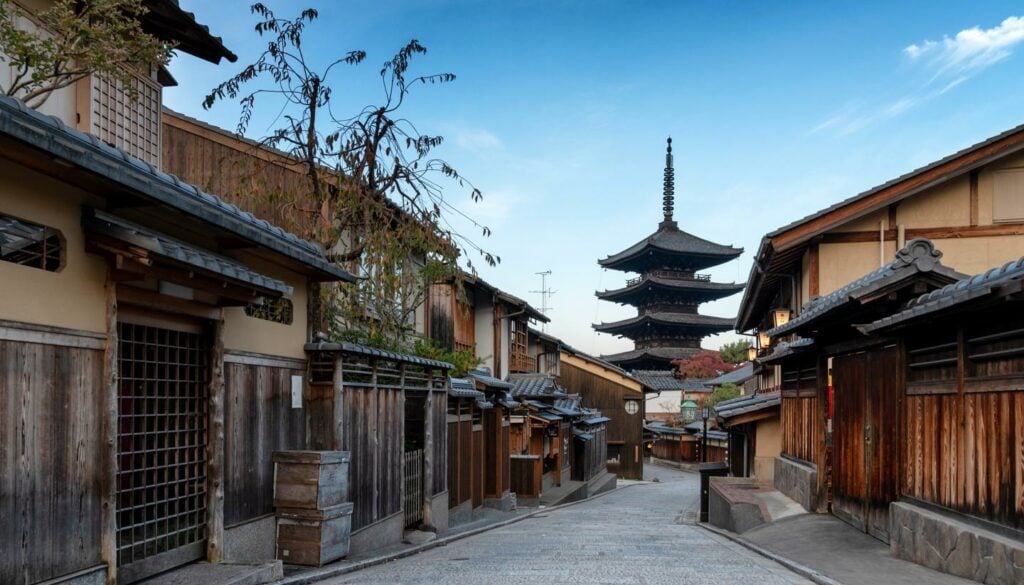Hiroshima and Nagasaki were bombed in the second world war because they were largely populated areas. Kyoto was also an urbanized and populated area, but it wasn’t attacked. But why was Kyoto spared from the devastation?
According to historians, the US Secretary of War spared the little city of Kyoto due to his attachment to the place. He went there for his honeymoon in the 1920s and loved it so much that he chose to save it.
Planning the Bombings of Japan
The inaugural meeting of the Target Committee was conducted in the Pentagon on April 27th, 1945. General Leslie Groves, the head of the Manhattan Project, was one of the attendees.
The meeting’s fundamental choices concerned the bombing’s operational components. The atomic bomb would have to be used visually, not via radar. Weather conditions had to be favorable.
The committee agreed that the targets should be significant urban centers with a circumference of at least three miles between the Japanese cities of Tokyo and Nagasaki and have a high strategic value. The following towns were first included on the list:
- Tokyo Bay
- Kawasaki
- Yokohama
- Nagoya
- Osaka
- Kobe
- Kyoto
- Hiroshima
- Kure
- Yawata
- Kokura
- Shimosenka
- Yamaguchi
- Kumamoto
- Fukuoka
- Nagasaki
- Sasebo
The committee then passed on the list to higher-ups the next day. The target list was cut down to three cities which were the main focus. Hiroshima was targeted first, Kyoto next, and Yokohama last.
By the second target committee meeting, Kyoto increased perceived importance on May 10 and 11, 1945. Kyoto served as a vital rail link between Osaka and Tokyo, housed several significant war enterprises, and numerous peacetime factories have been repurposed to military objectives.
Additionally, it featured a new aircraft engine factory capable of producing an estimated 400 engines each month, making it the second-largest in Japan. It had over a million people, the majority of whom commuted to war production plants.
On May 15th, 1945, the US Army Air Forces received a directive requesting that Hiroshima, Kyoto, and Niigata be added to a list of Reserved Areas not to be targeted to preserve them as atomic bombing targets. (Source: Nuclear Secrecy)
How Kyoto Was Removed from the Target List
On May 30th, Lieutenant General Groves had a morning meeting with Secretary of War Henry Stimson to discuss the targeting decisions.
Stimson mentioned during this meeting that he did not want Kyoto to be bombed. Stimson argued that Kyoto was not a military target. But instead, it held cultural importance for the country.
The military kept putting Kyoto back on the list, so Stimson went directly to President Truman on July 24th, 1945, asking Truman to remove Kyoto from the target list. Stimson was successful in having Kyoto permanently removed from the target list of cities.
He was particularly emphatic in agreeing with my suggestion that if elimination was not done, the bitterness which woud be caused by such a wanton act might make it impossible during the long post-war period to reconcile the Japanese to us in that area rather than to the Russians.
Henry Stimson
Along with Stimson’s admiration of Japanese culture, this reason was why Kyoto was removed from the list. His admiration began when he visited Kyoto for his honeymoon in the 1920s. (Source: BBC)
